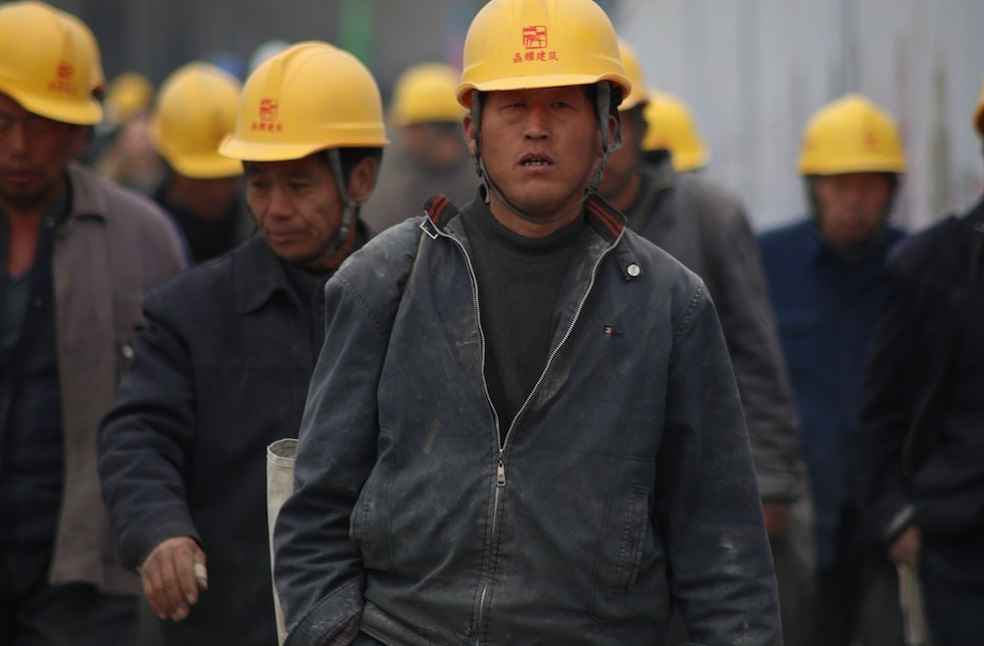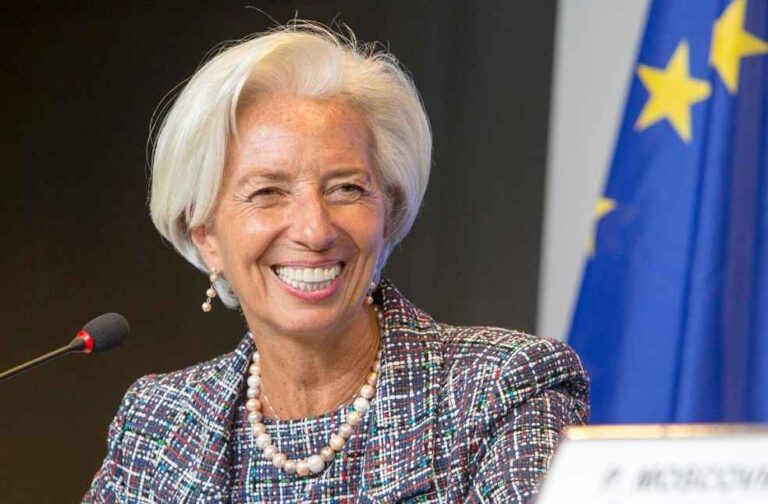Christine Lagarde, President of the European Central Bank (ECB), highlighted both the progress and the looming challenges facing the global economy, while drawing historical comparisons to the economic pressures of the 1920s.
Speaking at the 2024 Michel Camdessus Central Banking Lecture at the International Monetary Fund (IMF) headquarters in Washington, Lagarde praised the successful cooling of inflation with minimal job losses, while raising concerns about the broader outlook.
Lagarde expressed confidence that inflation targets should be met by mid-2025, noting the successful containment of job losses despite higher interest rates. “It is rare to avoid a major deterioration in unemployment when central banks rise interest rates in response to high energy prices,” she observed. She pointed out that the ECB’s approach allowed Europe to manage inflationary pressures while safeguarding the labour market.

Lagarde also raised alarm about future uncertainties, warning that the global economy is undergoing profound transformations, which may pose fresh challenges to established monetary policies.
Disruptions Alter Economic Landscape
Lagarde underscored the scale of recent global disruptions, listing the COVID-19 pandemic, European conflict, and energy crises as the most severe in modern history. These events, she suggested, have reshaped the world economy in ways not seen for decades.
Despite these unprecedented shocks, Lagarde noted that the ECB’s flexible policies helped manage inflation while avoiding drastic employment losses. She credited clearly defined inflation targets and adaptable monetary tools as critical to this success.
Drawing Lessons from the 1920s
With historical analysis, Lagarde identified notable similarities between the current decade and the economic climate of the 1920s. She highlighted how, after World War I, global trade splintered as economic nationalism grew, leading to reduced trade as a share of GDP and subsequent economic instability. The post-war period also witnessed technological leaps, such as the assembly line and the rise of the automobile, which spurred growth but fueled speculative excess.

Lagarde suggested that today’s global economy faces similar strains, particularly as supply chains are being recalibrated. Many firms, in response to geopolitical instability, have adopted near-shoring strategies, echoing the trade fragmentation of the 1920s. She also noted that technological progress, particularly in artificial intelligence (AI) and financial technology (fintech), is rapidly altering industries while complicating the transmission of monetary policy.
Policy Adaptation for Future
Lagarde stressed that policymakers must remain nimble, given the evolving global landscape. As part of its 2025 strategy review, the ECB plans to examine how long-term economic shifts, including advances in AI and machine learning, will impact monetary policy transmission. These technologies are increasingly integral to improving forecasting models, especially for inflation.
‘Stability doesn’t equate to rigidity,’ Lagarde stated, urging central banks to stay flexible as they navigate an unpredictable global economy. As pressures continue to build, flexibility will be the cornerstone of monetary policy, ensuring that it remains responsive to the rapid transformation of economic systems worldwide.
EDITORS CHOICE | India’s frozen food industry advances with smart tech and sustainability



